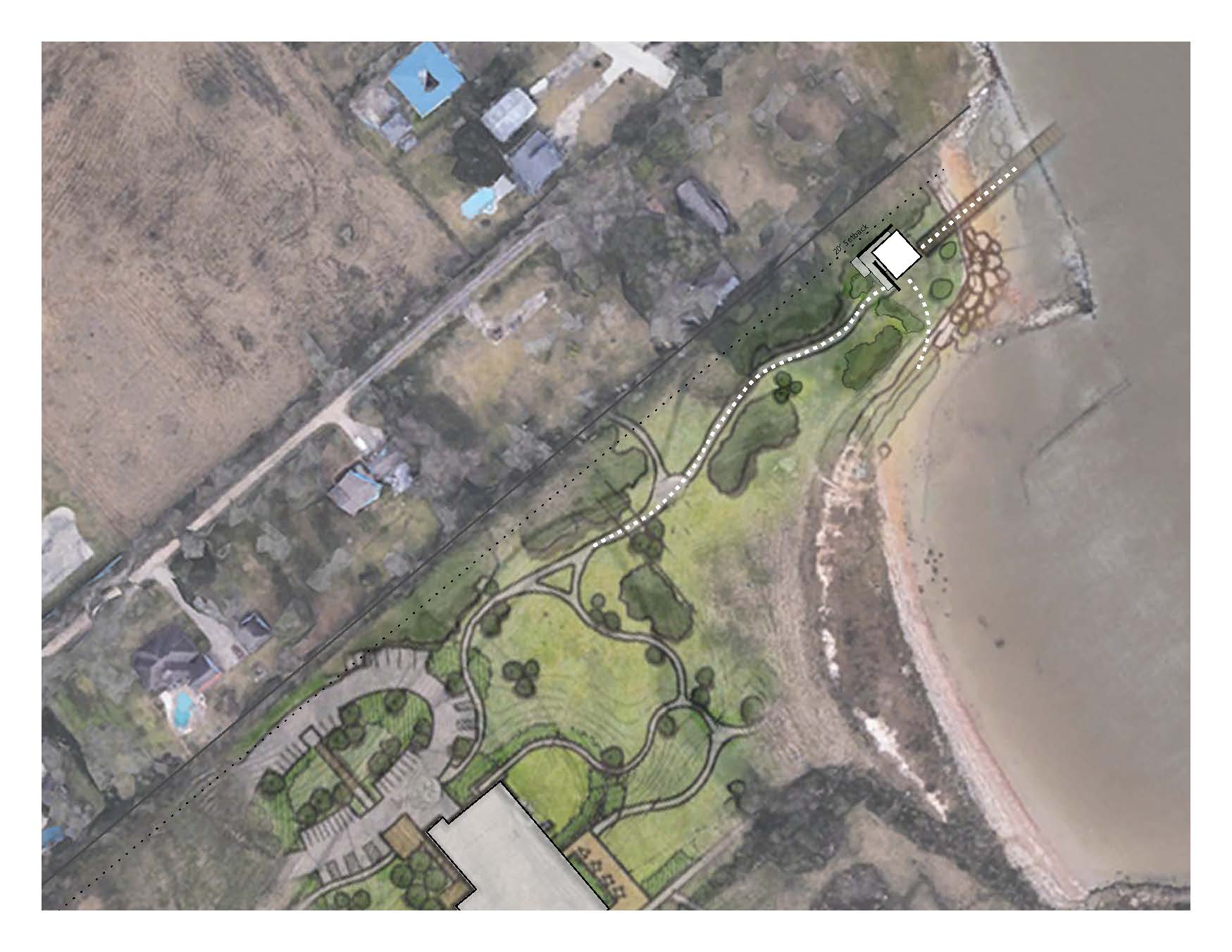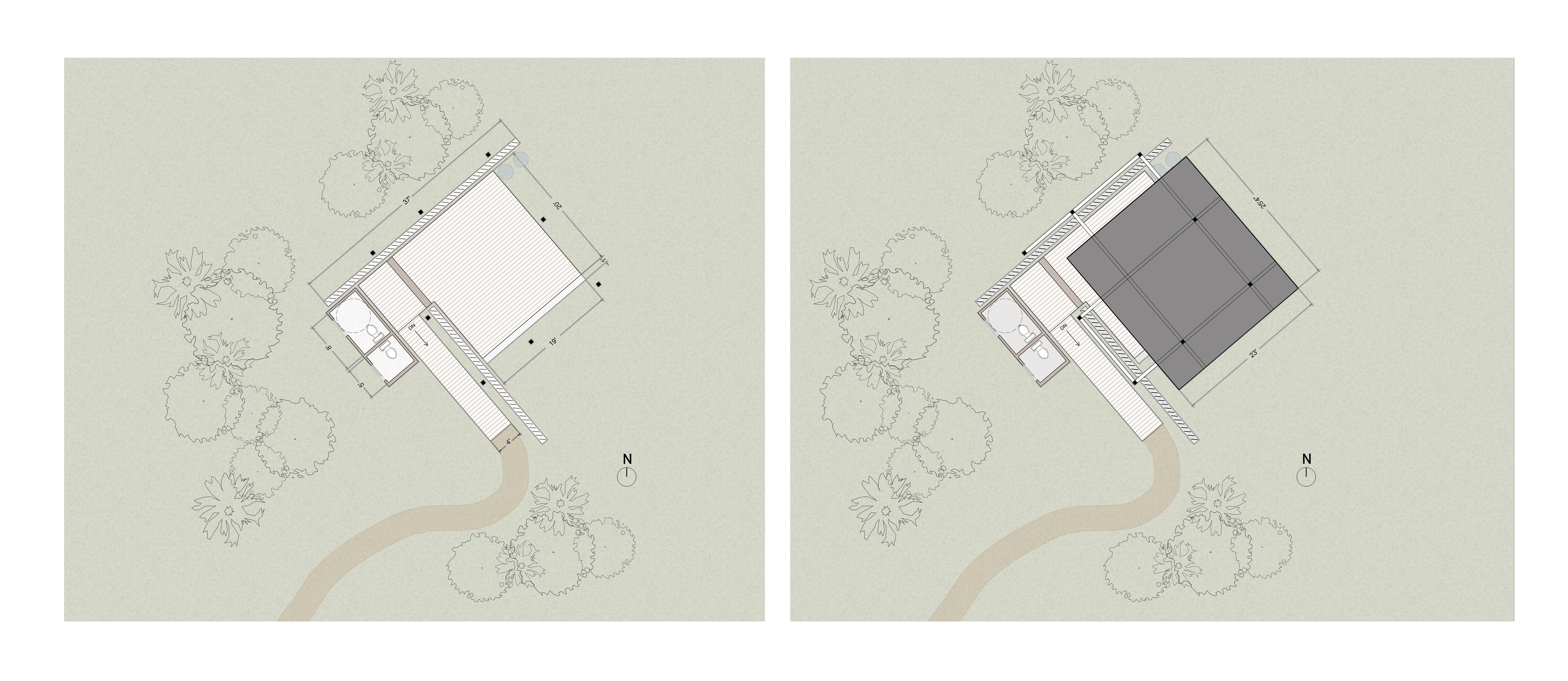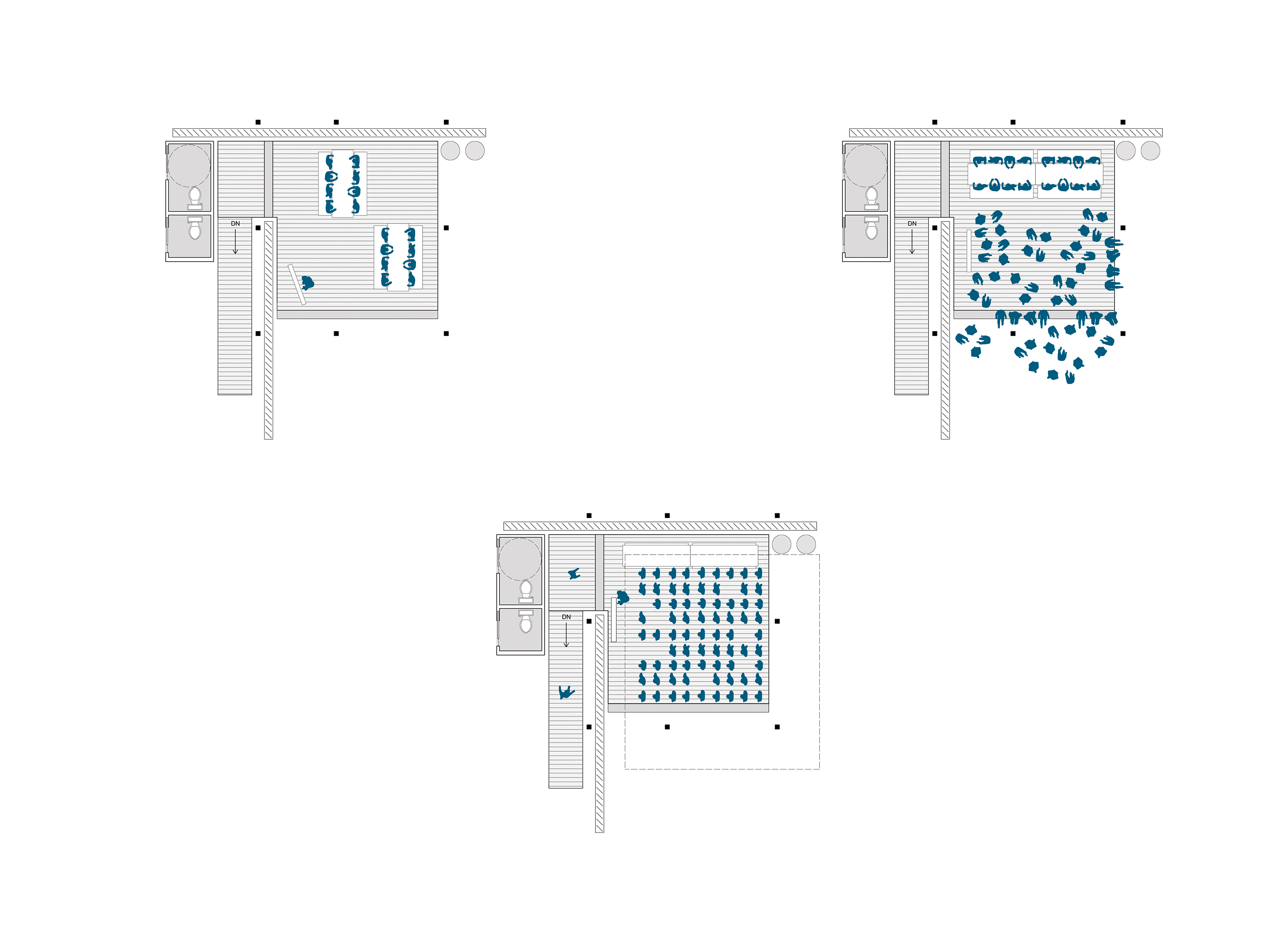Shift

Info Public Interest Design (Advanced Studio), Professor Coleman Coker
Team Stephanie Almendares, Daniel Aronson, Nai’lah Bell-Eaden, Gable Bostic, David Burns, Arlene Ellwood, Andrew Garden, Catherine Kanter, Brandon Lawry, Amaya Lucas, Harrison Marek, Lena Page, Tyler Schuetz, Shelby Taubenkimel, Inci Tugce Uckok, Alexander Uhlmann, Ariella Yendler
Date Summer 2019
The students were asked to build the first structure on a waterfront site sitting on the edge of a bay purchased by an organization dedicated to societal education about the environment and water literacy. The foundation needed an outdoor environmental education pavilion which would accommodate up to seventy-five guests (mostly students), participating in the stakeholder’s environmental education programs. They take water samples of the bay, study its flora and fauna, plant sea grasses and install oyster bay reefs around the bays edge. The students participated in some of the same activities middle and high school students experience, spending time planting cord grasses along an eroded section of the west bay and placing bagged oyster shells to help stabilize erosion in a part of the bay undergoing steady land loss.
The stakeholder asked that the design be architecturally inspiring and reflect their aspirations of making the bay a better place for the seven million people who live in the surrounding area. The students selected the name shift because each plane of the project shifts from its accustomed location and was created as a symbol of the experience they wanted to bring. In disaster-stricken areas, students and children become traumatized by water. This pavilion serves as a way for them to move out of their comfort zones and shift into a different mindset. Screens slip away from the deck and don’t engage its edges. Portions of the structural frame slide past the deck and into the lawn. The roof shifts out over the lawn and covers both raised deck and the grass, and as one moves throughout the project, views through the screens shift. Finally, even the metal screens themselves shift over time. As they patina, their color will change, and the pavilion, will change alongside the students who inhabit it.










